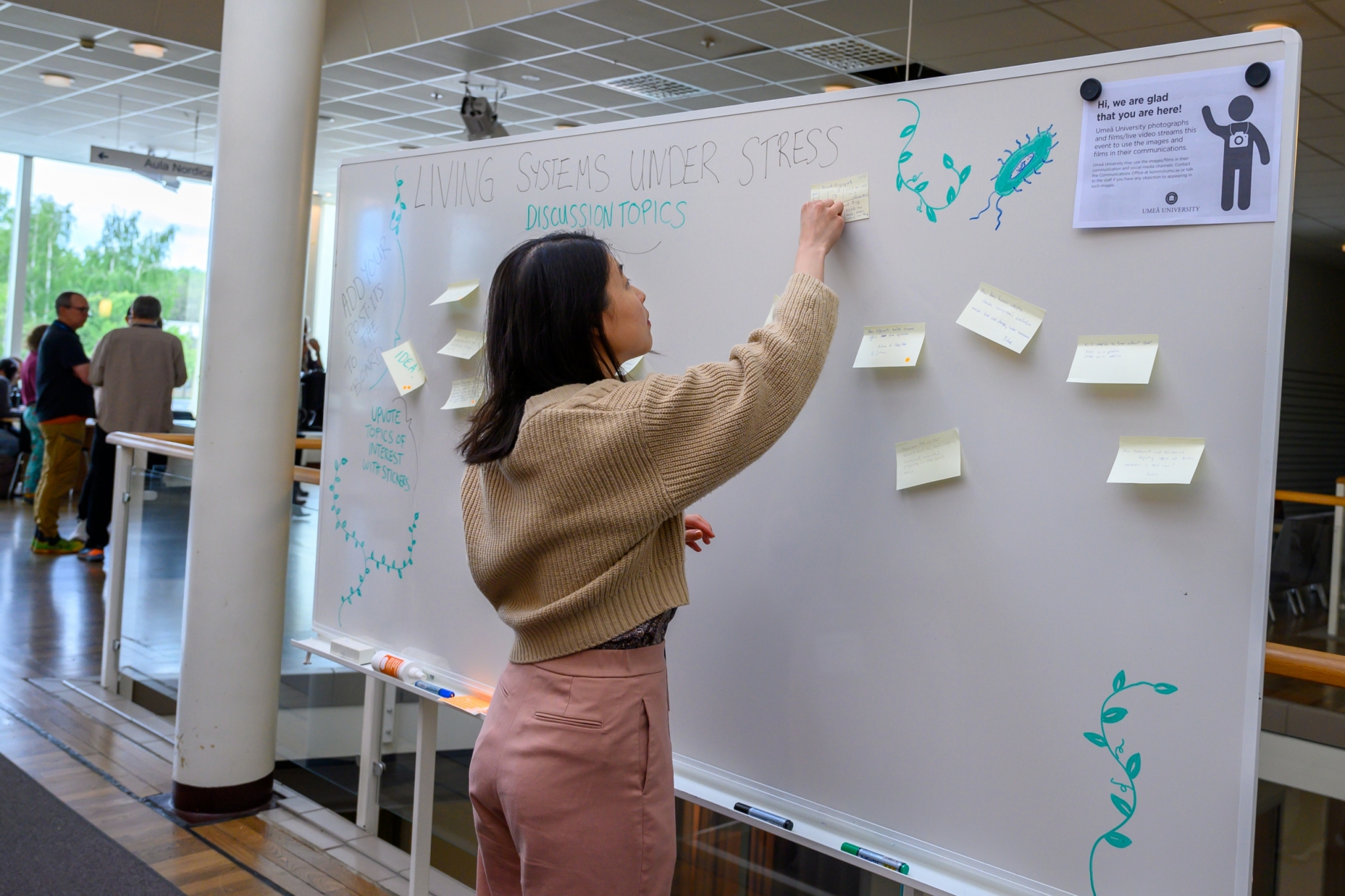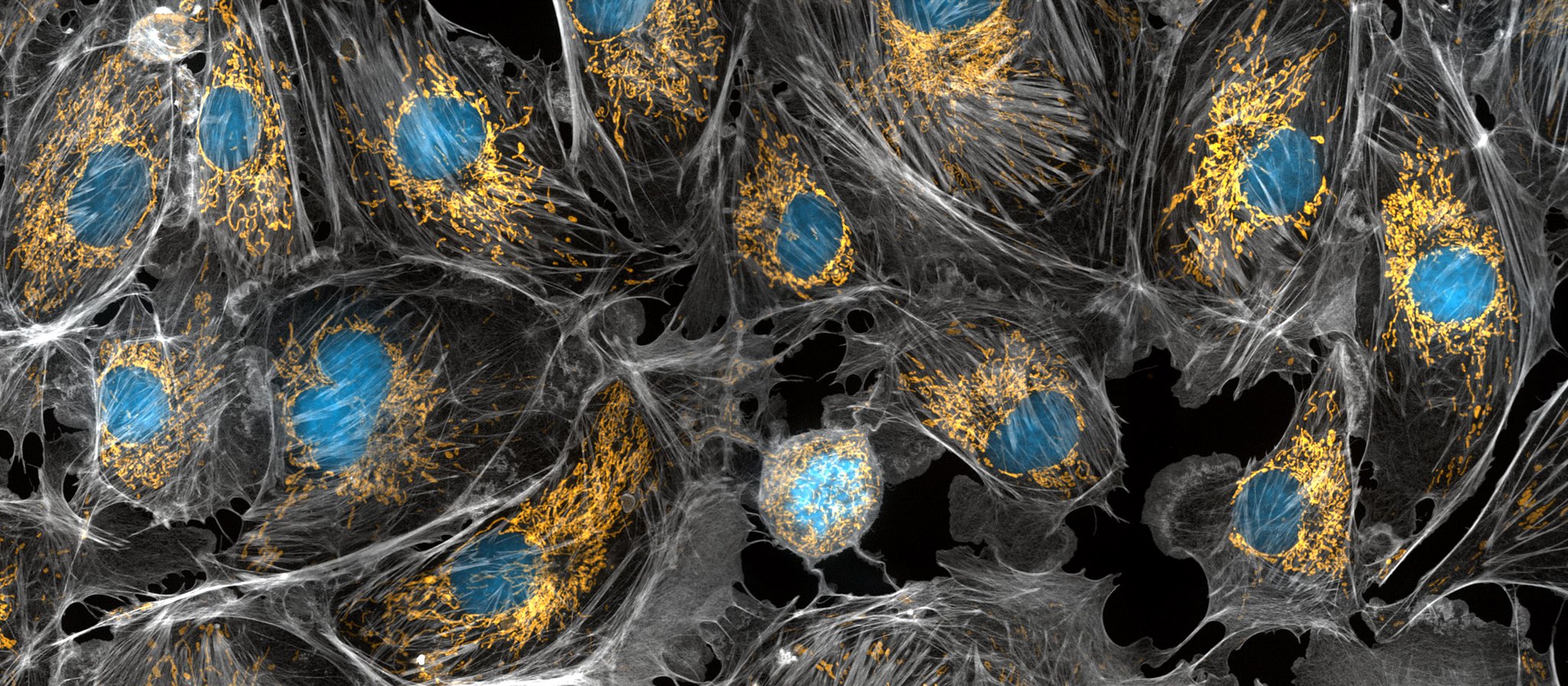Profile
Bertold is an ecologist who received his PhD from the University of Antwerp. His main research topic is phenology. The questions he therefore aims at answering relate to the timing of biological events, such as leaf senescence or fine root growth. In Umeå, Bertold will be working together with the research group on Statistical Learning and Inference for Spatio-Temporal data, and the Umeå Plant Science Centre. Using statistical learning approaches, he will be investigating the effects of the circadian clock and the rhythmicity in related genes’ expression on tree physiology.
Current Projects
The Latest Posts
This Icelabber hasn’t posted yet, but read these while you wait for the first post.







